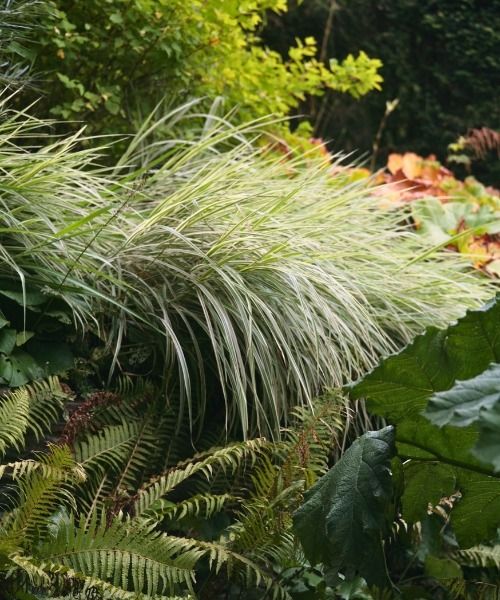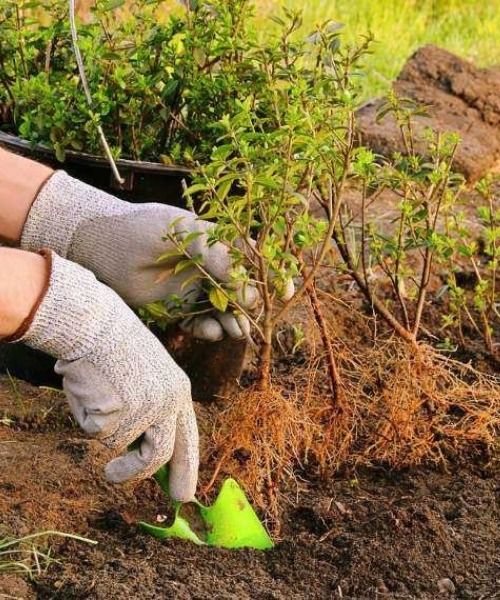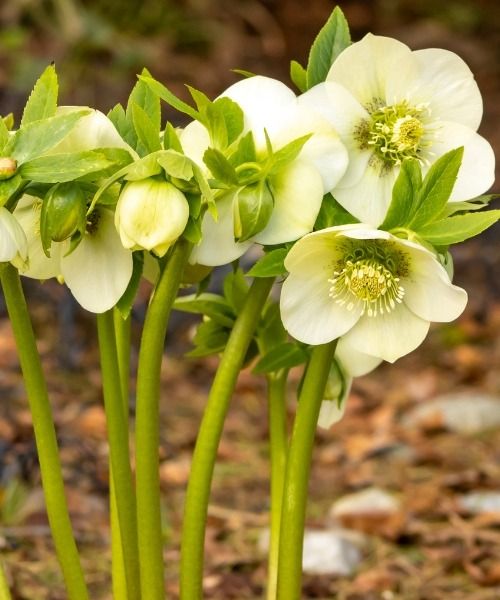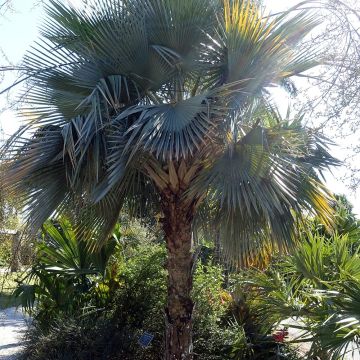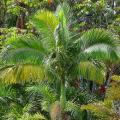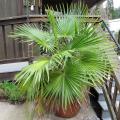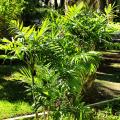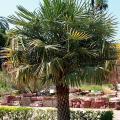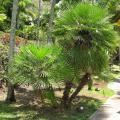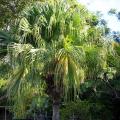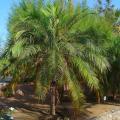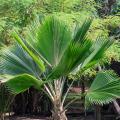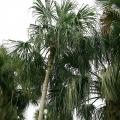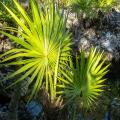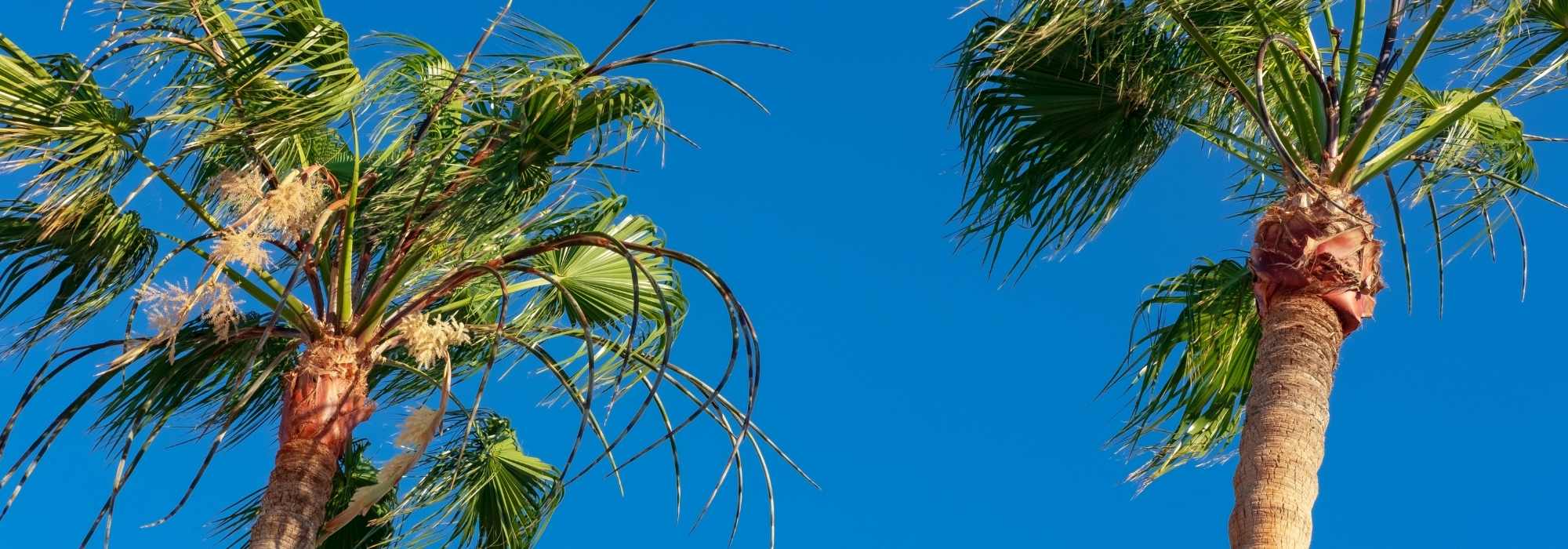Copernicia
Does this plant fit my garden? Set up your Plantfit profile →
Available in 1 sizes
Available in 1 sizes
The Copernicia from the Arecaceae family, are commonly called wax palms because of the waxy film that covers and enhances the beauty of their large fan-shaped leaves. The most well-known among them, the Copernicia prunifera (or C. cerifera), is actually cultivated on a large scale in Brazil for carnauba wax production. Originating from the savannas and forests of South America, these sun and heat-loving palms are sensitive plants.
In mainland France, only the species Copernicia alba, capable of withstanding temperatures down to -7°C, is cultivated in open ground on the Mediterranean or southern Atlantic coast. Others, like the Copernicia hospita with its incredible blue-silver colour, although susceptible to frost, are true wonders for decorating the terrace in the summer or the veranda in winter. The first five years of cultivation are crucial for establishing a young plant: slow to settle, requiring careful care, it will no longer cause any concerns for the gardener once well established.
Haven't found what you were looking for?






























